Home>Technology>Security & Surveillance>How To Hack An Electronic Door Lock


Security & Surveillance
How To Hack An Electronic Door Lock
Published: December 27, 2023
Learn how to hack an electronic door lock for enhanced security and surveillance. Discover effective methods and precautions to safeguard your property. Unlock the secrets of electronic door locks now!
(Many of the links in this article redirect to a specific reviewed product. Your purchase of these products through affiliate links helps to generate commission for Storables.com, at no extra cost. Learn more)
**
Introduction
**
Electronic door locks offer convenience and enhanced security for homes and businesses. However, as with any technology, they are not immune to vulnerabilities. In this comprehensive guide, we will delve into the world of electronic door locks, exploring their functionality, common vulnerabilities, and the tools and techniques used to hack them. Whether you are a security professional, a homeowner, or simply curious about the inner workings of electronic locks, this article will provide valuable insights into the potential security risks associated with these devices.
As technology continues to evolve, electronic door locks have become increasingly popular due to their convenience and advanced features. From keycard-activated systems to biometric scanners, these locks offer a range of options for controlling access to buildings and rooms. However, this convenience comes with its own set of risks, as electronic locks can be susceptible to hacking and unauthorized access if not properly secured.
Throughout this article, we will explore the inner workings of electronic door locks, uncover common vulnerabilities that hackers exploit, and provide a step-by-step guide to hacking into these devices. By understanding the potential security risks associated with electronic locks, individuals and businesses can take proactive measures to enhance their overall security posture and protect their assets from unauthorized access.
Whether you are a security enthusiast looking to expand your knowledge or a homeowner seeking to bolster your property's security, this guide will equip you with the essential insights to better understand electronic door locks and the potential risks they pose. Join us on this journey as we unravel the intricacies of electronic lock systems and delve into the world of security and surveillance.
**
Key Takeaways:
- Electronic door locks offer convenience but are vulnerable to hacking. Understanding their vulnerabilities and implementing robust security measures is crucial for safeguarding homes and businesses.
- Hacking electronic door locks involves exploiting physical, authentication, and software vulnerabilities. It’s important to use this knowledge ethically and legally to enhance security measures.
Read more: How To Lock A Door Without A Lock
Understanding Electronic Door Locks
**
Electronic door locks have revolutionized the way we secure our homes and businesses, offering advanced features and convenience that traditional locks cannot match. These innovative systems utilize electronic components to control access, providing a higher level of security and flexibility. Understanding the key components and operation of electronic door locks is crucial in comprehending their vulnerabilities and potential for exploitation.
At the core of electronic door locks are various authentication methods, including keypads, keycards, biometric scanners, and remote access control systems. Keycard-activated locks, for instance, rely on RFID technology to grant access to authorized individuals. Biometric locks utilize fingerprint, iris, or facial recognition to verify the user’s identity. Each authentication method has its own set of advantages and vulnerabilities, making it essential to evaluate the security implications of each approach.
Electronic locks also incorporate complex control systems, such as microcontrollers and electronic circuits, to manage access permissions and monitor entry and exit events. These systems are often interconnected with centralized control units or networked for remote management, adding a layer of complexity and potential vulnerabilities. Understanding the architecture and communication protocols of these control systems is crucial in identifying potential weak points that could be exploited by hackers.
Moreover, electronic door locks often integrate with other security systems, such as surveillance cameras, alarm systems, and access control databases, creating an interconnected security ecosystem. While this integration offers comprehensive security management, it also introduces additional attack surfaces that hackers may target to gain unauthorized access.
By comprehensively understanding the design, operation, and integration of electronic door locks, individuals and security professionals can better assess the potential risks and develop robust security measures to mitigate vulnerabilities. In the following sections, we will explore common vulnerabilities in electronic door locks and the tools and techniques used to exploit them, providing valuable insights for enhancing the security of these systems.
**
Common Vulnerabilities in Electronic Door Locks
**
Despite their advanced features, electronic door locks are not immune to vulnerabilities. Understanding these vulnerabilities is essential for implementing effective security measures and safeguarding against potential exploitation. From physical tampering to cyber attacks, electronic locks are susceptible to a range of security risks that can compromise their integrity and compromise the security of the premises they are meant to protect.
One common vulnerability in electronic door locks is related to the authentication methods used to verify user identities. Keypads and keycard readers, for example, may be vulnerable to brute-force attacks, where an attacker attempts to guess the access code or systematically try all possible combinations to gain unauthorized entry. Similarly, biometric scanners may be susceptible to spoofing attacks using fake fingerprints or facial images, undermining the integrity of the authentication process.
Furthermore, electronic door locks that rely on wireless communication, such as Bluetooth or Wi-Fi, are vulnerable to interception and unauthorized access. Hackers can exploit weak encryption protocols or intercept communication signals to gain unauthorized control over the lock, compromising the security of the premises.
Physical vulnerabilities also pose a significant risk to electronic door locks. Tampering with the lock’s components, bypassing the electronic control systems, or exploiting design flaws can provide unauthorized individuals with access to the secured area. Additionally, power outages or electrical surges may disrupt the operation of electronic locks, potentially leading to unintended security breaches.
Another critical vulnerability lies in the software and firmware of electronic locks. Outdated or unpatched software may contain known security vulnerabilities that can be exploited by attackers to gain unauthorized access. Similarly, insecure network connections or poorly configured access control systems can create entry points for cyber attacks, compromising the overall security of the electronic lock system.
By understanding these common vulnerabilities, individuals and organizations can proactively address these security risks and implement robust security measures to mitigate potential threats. In the following sections, we will explore the tools and techniques used to exploit these vulnerabilities and provide insights into safeguarding electronic door locks against unauthorized access.
**
Make sure to research the specific electronic door lock you want to hack. Look for any known vulnerabilities or default codes that can be exploited. Always obtain proper authorization before attempting to hack any electronic device.
Tools and Equipment Needed
**
Hacking an electronic door lock requires a specific set of tools and equipment to exploit vulnerabilities and gain unauthorized access. While these tools are often associated with security testing and ethical hacking, they can also be leveraged by malicious actors to compromise the security of electronic lock systems. Understanding the tools used in these exploits is essential for security professionals and individuals seeking to bolster their knowledge of electronic lock vulnerabilities.
One of the primary tools used in electronic lock hacking is a set of lock picking tools, including lock picks, tension wrenches, and key extractors. While these tools are traditionally associated with physical lock manipulation, they are also used to bypass the mechanical components of electronic locks, such as key override mechanisms or emergency keyway access points.
For electronic locks that utilize RFID keycards or proximity cards, an RFID reader/writer is essential for cloning or emulating authorized access credentials. These devices can capture and replicate the unique identifiers of legitimate keycards, allowing an attacker to gain unauthorized entry without the need for physical possession of the original card.
Software-defined radio (SDR) devices are another critical tool for hacking electronic door locks that rely on wireless communication protocols, such as Bluetooth or Wi-Fi. SDRs can intercept and analyze wireless signals, identify vulnerabilities in communication protocols, and even perform replay attacks to gain unauthorized control over the lock system.
Additionally, a comprehensive set of lock bypass tools, such as shims, bypass tools, and decoder tools, is essential for exploiting physical vulnerabilities in electronic locks. These tools enable attackers to manipulate the internal mechanisms of the lock, bypassing electronic controls and gaining unauthorized access.
Furthermore, specialized electronic lock hacking devices, such as electromagnetic pulse (EMP) generators, can disrupt the operation of electronic components within the lock, causing malfunctions or unintended unlocking. These devices exploit vulnerabilities in the lock’s electronic circuitry, leading to potential security breaches.
By understanding the tools and equipment used in electronic lock hacking, individuals and security professionals can better assess the potential risks and develop robust security measures to mitigate vulnerabilities. In the following sections, we will explore the step-by-step process of hacking an electronic door lock, providing valuable insights into the techniques used to exploit these vulnerabilities.
**
Steps to Hack an Electronic Door Lock
**
Hacking an electronic door lock involves a systematic approach that exploits the vulnerabilities inherent in the lock’s design, authentication methods, and communication protocols. While the process may vary based on the specific vulnerabilities present in the target lock, the following steps provide a general outline of the techniques used to compromise electronic lock systems.
- Gathering Intelligence: The initial step in hacking an electronic door lock involves gathering intelligence about the target lock’s make and model, authentication methods, and communication protocols. This information helps in identifying potential vulnerabilities and selecting the appropriate tools and techniques for the exploit.
- Identifying Vulnerabilities: Once the target lock’s characteristics are understood, the next step is to identify vulnerabilities in its design, operation, and security controls. This may involve assessing the susceptibility of the lock to physical tampering, exploiting weaknesses in authentication methods, or intercepting wireless communication signals.
- Exploiting Physical Vulnerabilities: For locks with physical vulnerabilities, such as key override mechanisms or exposed wiring, attackers can use lock picking tools, bypass devices, or electromagnetic pulse (EMP) generators to manipulate the lock’s components and gain unauthorized access.
- Bypassing Authentication: When targeting the authentication methods of electronic locks, attackers may use RFID reader/writer devices to clone or emulate authorized keycards, conduct brute-force attacks on keypad codes, or spoof biometric scanners using fake fingerprints or facial images.
- Intercepting Wireless Signals: For locks that rely on wireless communication, attackers can utilize software-defined radio (SDR) devices to intercept and analyze communication signals, identify vulnerabilities in encryption protocols, and perform replay attacks to gain unauthorized control over the lock system.
- Exploiting Software and Firmware Vulnerabilities: In cases where electronic locks are network-connected or utilize software-based control systems, attackers may exploit known security vulnerabilities in the lock’s firmware or leverage insecure network connections to gain unauthorized access.
It is important to note that the techniques outlined above are intended for educational and security testing purposes only. Unauthorized access to electronic door locks is illegal and unethical. Security professionals and individuals should use this knowledge to enhance the security of electronic locks and protect against potential exploitation.
By understanding the step-by-step process of hacking an electronic door lock, individuals and security professionals can better comprehend the potential risks and develop robust security measures to safeguard against unauthorized access. In the next section, we will conclude our exploration of electronic lock hacking, summarizing the key insights and emphasizing the importance of securing these systems against potential vulnerabilities.
**
Read more: How To Lock A Digital Door Lock
Conclusion
**
As we conclude our exploration of hacking electronic door locks, it is essential to emphasize the critical importance of understanding and addressing the vulnerabilities inherent in these systems. Electronic door locks, while offering advanced security features and convenience, are not immune to exploitation, and it is imperative for individuals and organizations to take proactive measures to safeguard against potential security risks.
By delving into the world of electronic door locks, we have gained valuable insights into their design, operation, and common vulnerabilities. From physical tampering to cyber attacks, electronic locks are susceptible to a range of security risks that can compromise the integrity of the premises they are meant to secure. Understanding these vulnerabilities is the first step in implementing effective security measures and bolstering the overall security posture of electronic lock systems.
Furthermore, our exploration of the tools and techniques used to exploit electronic door locks has provided a comprehensive understanding of the potential attack vectors and methods employed by malicious actors. While this knowledge is essential for security professionals and individuals seeking to enhance their security awareness, it is crucial to emphasize the ethical and legal considerations associated with security testing and vulnerability assessment.
As technology continues to evolve, electronic door locks will undoubtedly become more prevalent in homes, businesses, and critical infrastructure. It is imperative that security measures and best practices evolve in parallel to mitigate the risks associated with these systems. This includes regular security assessments, firmware updates, and the implementation of robust access control measures to safeguard against potential exploitation.
Ultimately, the security of electronic door locks is a shared responsibility, requiring collaboration between manufacturers, security professionals, and end users to ensure that these systems remain resilient against emerging threats. By staying informed about the latest security trends, adhering to best practices, and proactively addressing vulnerabilities, individuals and organizations can bolster the security of electronic lock systems and protect the assets they are meant to secure.
As we navigate the ever-changing landscape of security and surveillance, it is crucial to remain vigilant and proactive in addressing potential vulnerabilities. By doing so, we can collectively contribute to a safer and more secure environment for all.
Frequently Asked Questions about How To Hack An Electronic Door Lock
Was this page helpful?
At Storables.com, we guarantee accurate and reliable information. Our content, validated by Expert Board Contributors, is crafted following stringent Editorial Policies. We're committed to providing you with well-researched, expert-backed insights for all your informational needs.

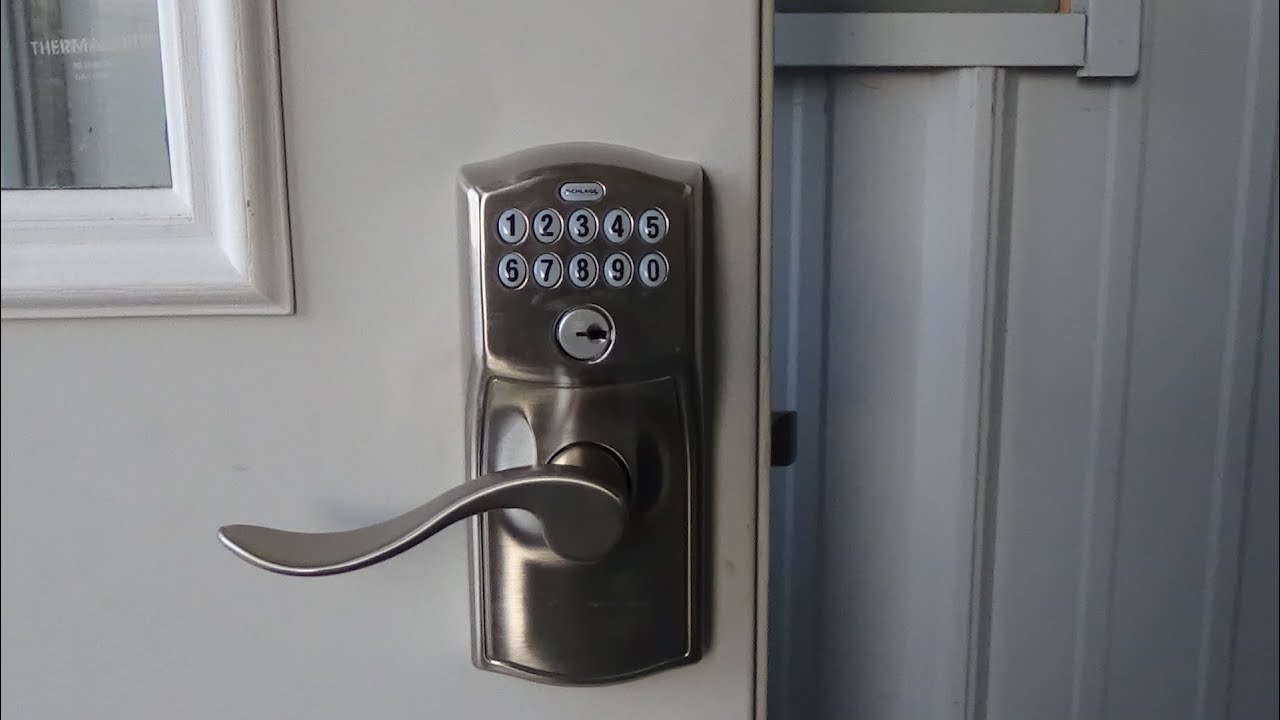

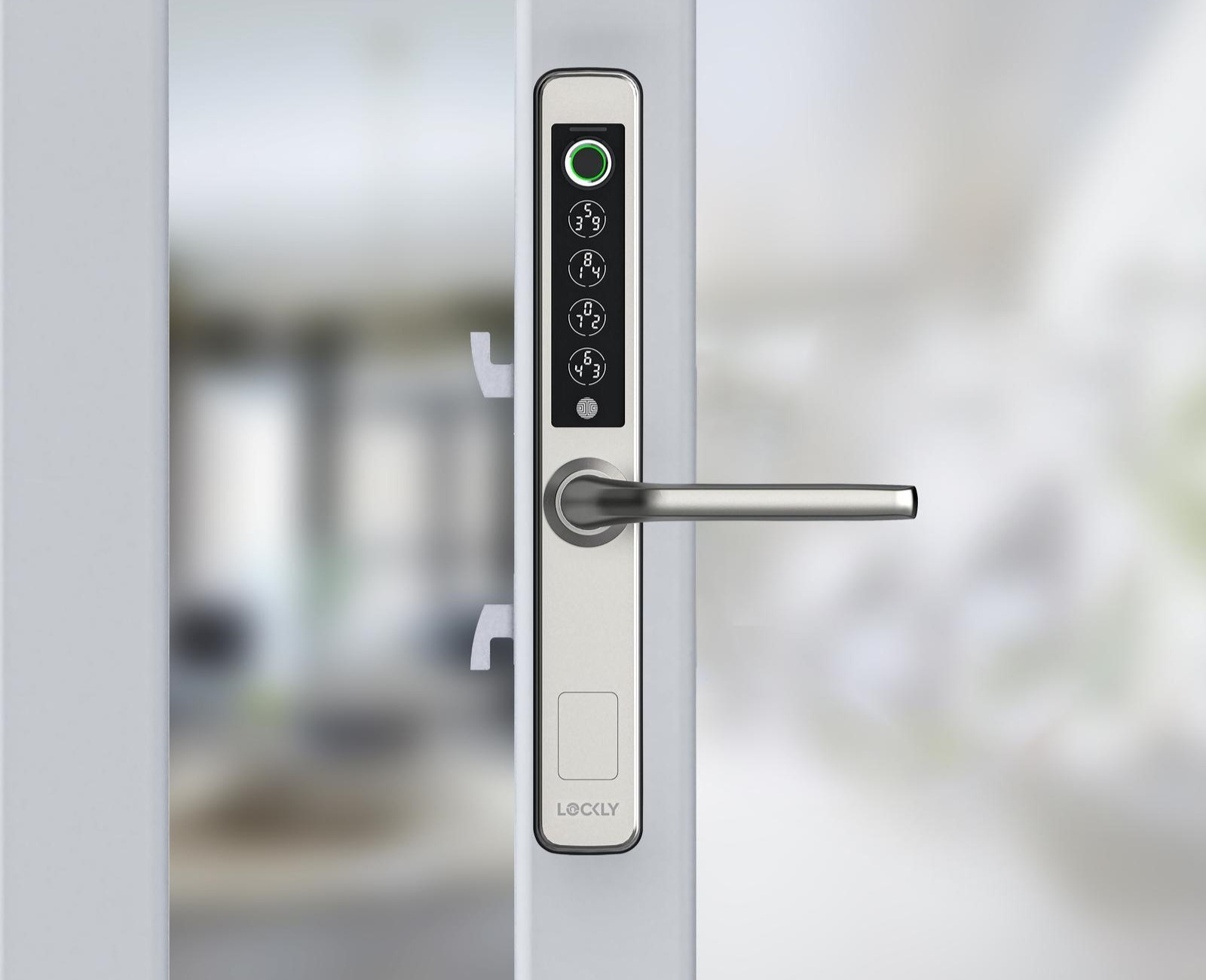



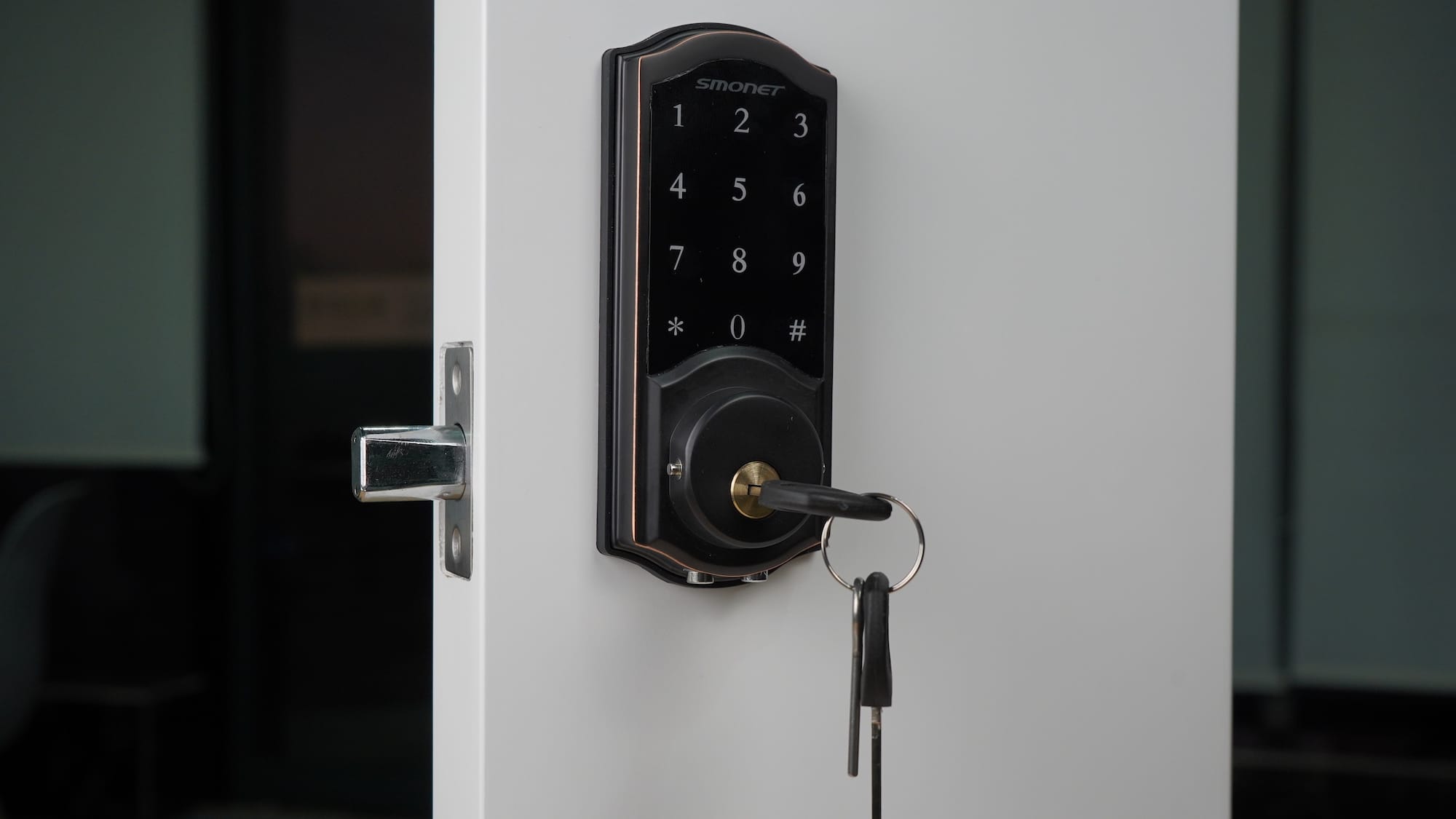


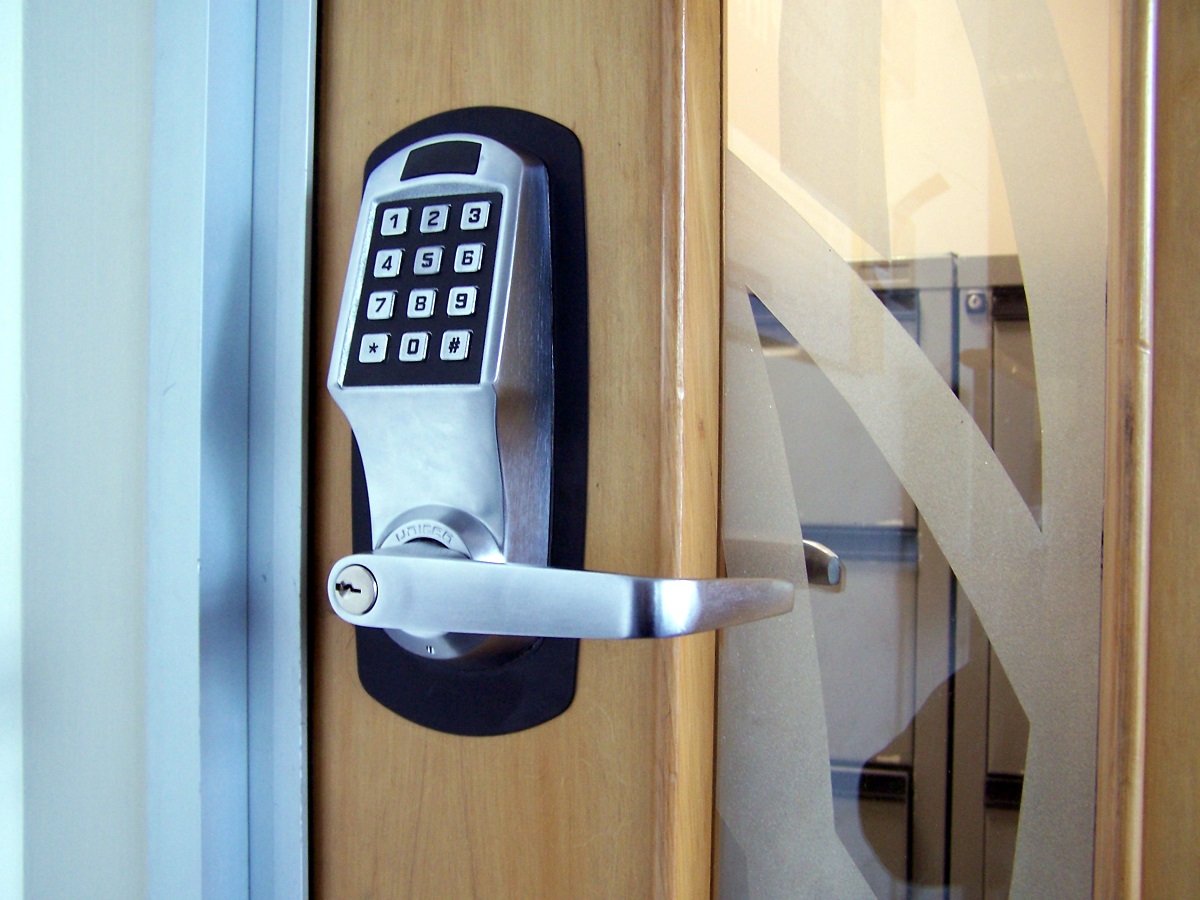

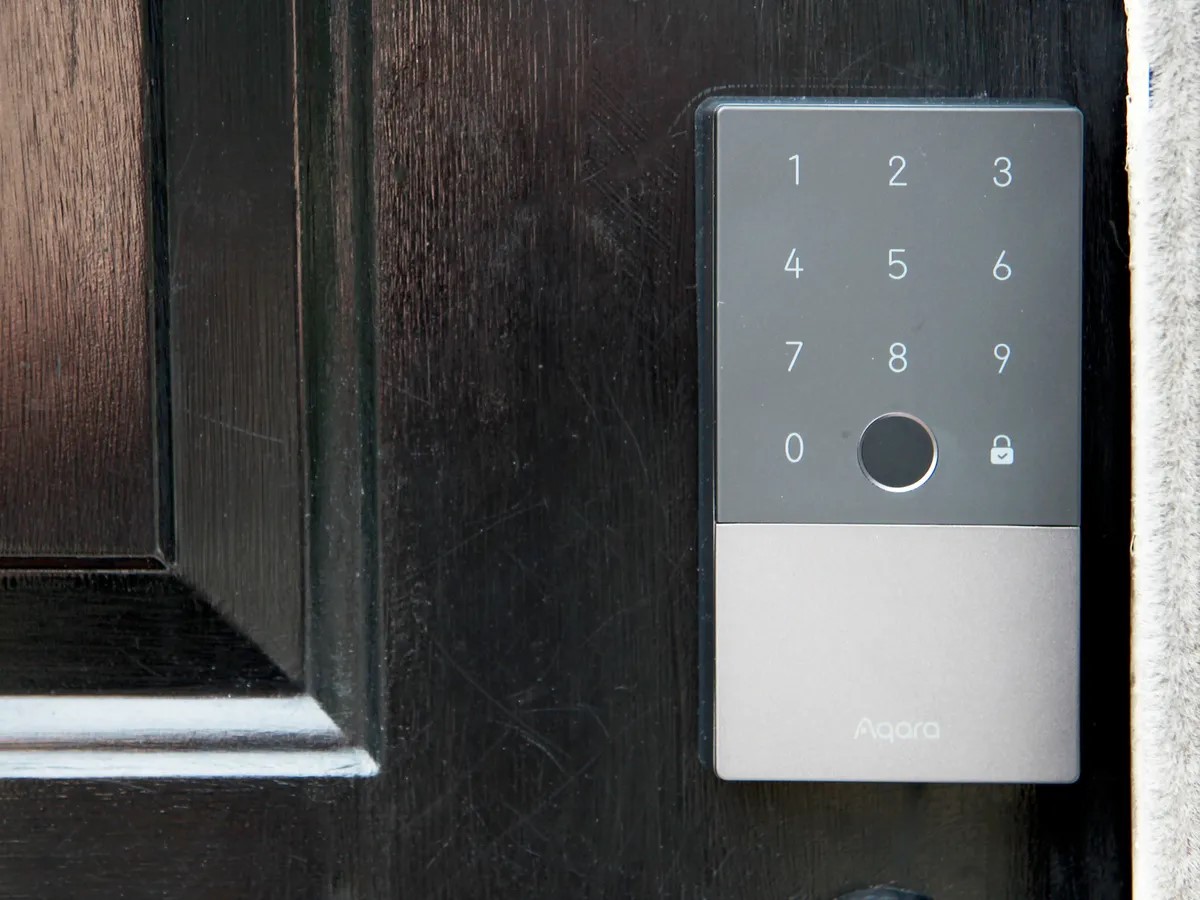


0 thoughts on “How To Hack An Electronic Door Lock”